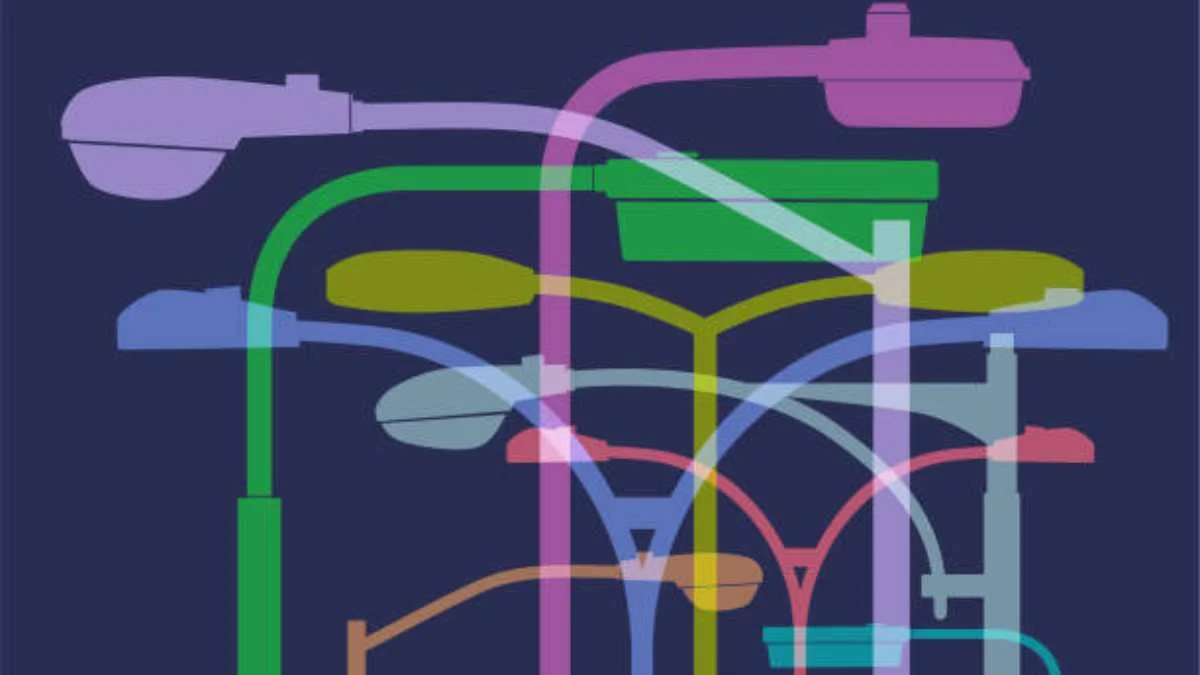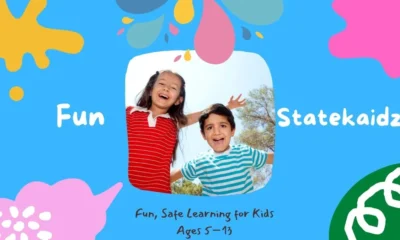HOME IMPROVEMENT
How Urban Growth Drives Demand for Smarter Street Light Infrastructure

Step into any rapidly expanding city at night, and one of the first things you’ll notice—beyond the skyline—is the glow. Streets, intersections, bridges, and pedestrian zones are all illuminated, functioning quietly behind the scenes of daily urban life. But as populations rise and cities sprawl outward, this familiar glow is becoming far more complicated to manage. Lighting the modern city is no longer just about visibility; it’s about efficiency, adaptability, and intelligent integration with the broader rhythm of urban growth.
Lighthouse Transportation Group recognizes this shift and is committed to providing solutions that align with the demands of growing cities. The traditional approach to street lighting—fixed brightness, uniform design, minimal control—worked in an era when city grids were simpler. Today’s cities are anything but simple. Urban environments are dynamic, with neighborhoods constantly evolving, construction zones reshaping traffic patterns, and public safety concerns shifting from one corner to another. As these demands intensify, so does the pressure on infrastructure systems to evolve. One of the most prominent examples of this evolution? The transformation of street light installation strategies.
In growing cities, lighting systems are no longer isolated. They’re part of a much larger dialogue between traffic management, energy conservation, digital connectivity, and even social behavior. This shift has given rise to smarter, more responsive street lighting infrastructure that can adapt in real time to the needs of the environment it serves.
The Shift to Intelligent Street Lighting Systems
Take for instance the role that street light maintenance now plays—not just as a means to fix outages, but as an opportunity to enhance network performance. With intelligent controllers, sensors, and connected platforms, maintenance teams are alerted the moment an issue occurs, often before residents even notice. In fast-growing urban areas, where a single failed fixture can impact safety or traffic flow, this responsiveness is invaluable.
But maintenance is only one layer. A larger concern is how street lights interact with mobility. Consider traffic signal installation in rapidly developing neighborhoods. These installations must be coordinated with new lighting systems, pedestrian signals, and even emergency routing systems. The expansion of roads and the rerouting of traffic due to new construction often means that signal timing, light positioning, and illumination levels all require recalibration. This isn’t just about light—it’s about how cities breathe.
One of the greatest stressors in this equation is congestion. More people means more cars, more pedestrians, and more complex interactions at intersections. Traffic signal maintenance becomes critical as growth compounds delays and strain on old systems. In these moments, upgrading or even relocating signals must be accompanied by an overhaul of surrounding lighting infrastructure. Poor visibility and inefficient signaling don’t just cause backups—they create hazards.
The Case for Adaptive Lighting
Cities that understand this interdependence are turning to adaptive street lighting. These systems rely on sensors to adjust brightness levels based on time of day, activity, and even weather conditions. For example, a residential street may dim after midnight when activity drops, while a downtown intersection remains fully illuminated due to high traffic and footfall. The result is a balanced lighting network that reduces energy consumption without sacrificing safety.
There’s also a subtle aesthetic benefit to smart lighting in dense urban spaces. As new developments alter skylines and public spaces, lighting becomes part of the design language. Well-placed, properly calibrated street lights not only provide visibility but also define how a space feels after dark. This blend of function and form has given planners more flexibility in integrating lighting into parks, plazas, transit hubs, and mixed-use corridors.
Lighthouse Transportation Group continues to play a pivotal role in this evolution, ensuring that traffic signal repair, lighting installation, and system optimization are executed with long-term scalability and modern adaptability in mind. Rather than offering static solutions, the company delivers infrastructure strategies that reflect the pace and complexity of real-world urban development.
Smart Infrastructure and the Data Connection
What’s particularly important in the age of smart infrastructure is the growing overlap between lighting and data. Each smart fixture is a potential data point, capable of tracking usage patterns, environmental changes, and even contributing to larger sustainability reports. These metrics can inform everything from street planning to emergency response. For example, if one corridor sees increased nighttime activity due to new housing developments, that information can trigger both lighting adjustments and traffic control updates.
Of course, integrating all of this isn’t without challenges. Urban planners must consider budget constraints, legacy equipment, zoning regulations, and public perception. Installing new lighting or signals in a historical district might require different approaches than in newly built areas. Similarly, energy efficiency goals may necessitate replacing outdated systems faster than the original infrastructure lifecycle intended.
Still, the benefits outweigh the complexities. With rising expectations from residents for well-lit, safe, and technologically current environments, cities cannot afford to treat lighting as an afterthought. It has become a foundational layer of urban growth—quiet, constant, and deeply connected to how people move, live, and feel in their communities.
Building Infrastructure That Grows with the City
As cities continue to expand, the need for integrated, forward-thinking infrastructure will only intensify. Smart lighting and responsive traffic control are no longer luxuries reserved for tech-forward metros—they’re becoming the standard for any city seeking to thrive in the 21st century. And for those on the ground, from municipal decision-makers to the teams physically installing lights and signals, the mission is clear: build systems that not only support growth but adapt to it.
From planning traffic signal installation in new districts to developing scalable street light maintenance frameworks, Lighthouse Transportation Group is laying the groundwork for a future where urban lighting isn’t just functional—it’s foundational. Growth is inevitable. Whether lighting keeps pace with it—or falls behind—is a matter of vision, coordination, and the will to innovate.
-

 BIOGRAPHY7 months ago
BIOGRAPHY7 months agoBehind the Scenes with Sandra Orlow: An Exclusive Interview
-

 HOME1 year ago
HOME1 year agoDiscovering Insights: A Deep Dive into the //vital-mag.net blog
-

 HOME1 year ago
HOME1 year agoSifangds in Action: Real-Life Applications and Success Stories
-

 BIOGRAPHY1 year ago
BIOGRAPHY1 year agoThe Woman Behind the Comedian: Meet Andrew Santino Wife




























